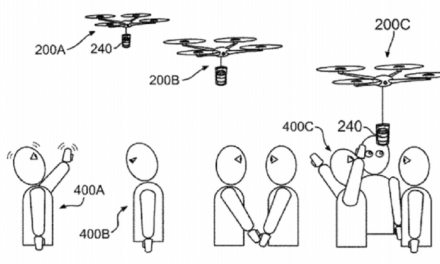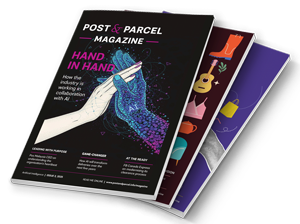
USPS uses transportation modeling to reduce transportation costs
ILOG announced that the United States Postal Service (USPS) has realized over USD 5 million in annual savings through a strategic transportation management initiative. Developed by USPS and IBM using ILOG CPLEX(R) optimization software, the Highway Corridor Analytic Program (HCAP) uses advanced technology to analyze USPS highway transportation scenarios and identify cost saving opportunities. The HCAP model examines routing and scheduling options to minimize costs while meeting business goals – leading to a savings of over USD 10 million in the two years since the model was deployed in 2006.
The USPS transportation network is large and complex – including responsibility for shipping over 200 billion pieces of mail per year through a system of transportation networks – and accommodates many different levels of services to its customers. The USPS network must consider different classes of mail, including Priority, First Class, and Standard, as well as different types of mail, such as letters, flats, and parcels. These complexities of various mail sizes, weights, and classes, coupled with the large scale of the USPS network, create a challenging environment in which to plan and manage transportation.
ILOG announced that the United States Postal Service (USPS) has realized over USD 5 million in annual savings through a strategic transportation management initiative. Developed by USPS and IBM using ILOG CPLEX(R) optimization software, the Highway Corridor Analytic Program (HCAP) uses advanced technology to analyze USPS highway transportation scenarios and identify cost saving opportunities. The HCAP model examines routing and scheduling options to minimize costs while meeting business goals — leading to a savings of over USD 10 million in the two years since the model was deployed in 2006.
The USPS transportation network is large and complex — including responsibility for shipping over 200 billion pieces of mail per year through a system of transportation networks — and accommodates many different levels of services to its customers. The USPS network must consider different classes of mail, including Priority, First Class, and Standard, as well as different types of mail, such as letters, flats, and parcels. These complexities of various mail sizes, weights, and classes, coupled with the large scale of the USPS network, create a challenging environment in which to plan and manage transportation.
To address these challenges, the HCAP model uses specialized optimization technology to identify the best allocation of mail among transportation resources. Optimization technology enables quick calculation of the best possible utilization of resources — including vehicles, people, time, processes, equipment, raw materials, supplies, capacity, and securities needed to achieve a desired business result, such as minimizing cost or process time or maximizing throughput, service levels, or profits.
“The United States Postal Service operates in a very unique business environment, where the overall size of operations and the inherent logistical complexities create significant challenges in managing the transportation network,” said E.J. Matto, Associate Partner, IBM. “Using optimization technology for the transportation model helps the USPS uncover opportunities to streamline areas of long-haul transportation through consolidation.”
The HCAP initiative helps to identify opportunities to consolidate trucks to maximize use of resources without sacrificing service levels. In addition, USPS is provided with the most efficient plan for utilizing existing transportation assets, accounting for specified parameters, such as routes, delivery time, truck capacity restrictions, and mail class. The size of a typical scenario is bound by approximately 15,000 business constraints and 3,200 variables. The program’s model can be applied to a wide variety of scenarios to ensure timely delivery of mail, while not exceeding truck capacity or violating routes.












